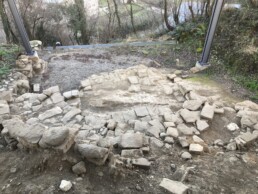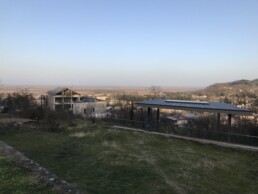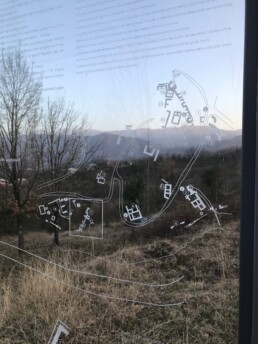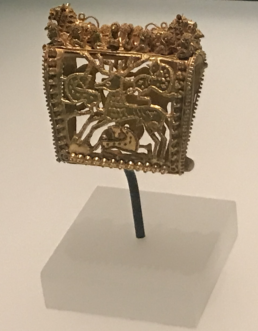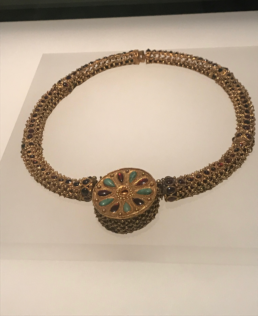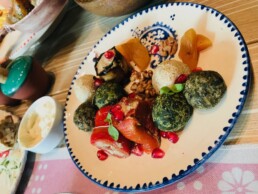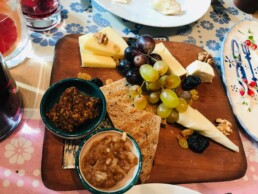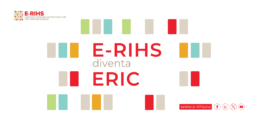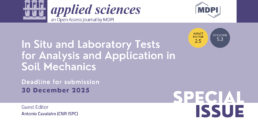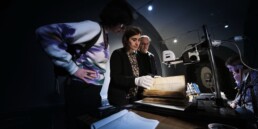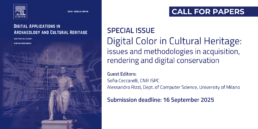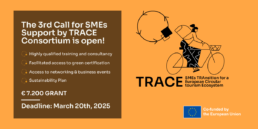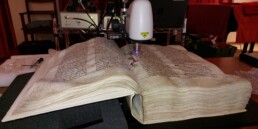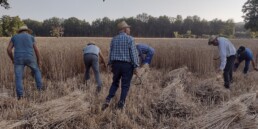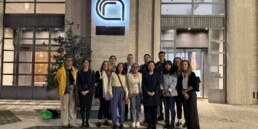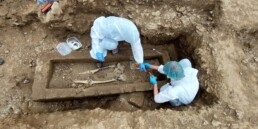Funded the Bilateral research project Italy-Georgia “Technology-Enhanced Strategies for Heritage study & valorization”, for the two-year period 2021-2022, in the framework of the scientific and technological cooperation agreement between the National Research Council of Italy (CNR) and Shota Rustaveli National Science Foundation (SRNSF) of Georgia.
Presented as part of the “Human and social sciences, Cultural Heritage” disciplinary area, the project “Technology-Enhanced Strategies for Heritage study & valorization”, co-directed by Daniele Ferdani from the Institute for Heritage Sciences (ISPC) of the National Research Council of Italy (CNR) and George Partskhaladze from the Georgian National Museum (GNM), will bring together a multidisciplinary group of scholars, scientists, and researchers coming from the two istitutions.
The principal fieldwork
The Bilateral project intends to plan and develop activities related to museum environments, landscape valorization and local and national storytelling starting from the Vani archaeological site, which will be the principal fieldwork of italian and georgian collaboration.
The milestones
The Bilateral project’s milestones are three:
- Milestone n.1: Landscape Sector. Enhancement of small centers, or peripheral centers, for the creation of a territorial cultural network.
- Milestone n.2: Narrative Sector. Digital storytelling for the (re) construction of a local and national identity narration.
- Milestone n.3: Museum Sector. Museums and new participatory (and inclusive) technologies.
The background
Digital technologies provide huge opportunities for improving public access to different forms of cultural assets and its reuse. It boosts the development of creative learning and educational tools as well as tourism applications, documentaries, etc. In addition, digital tools such as 3D scanning and 3D printing play a major role in the preservation and restoration of physical cultural assets.
The same museums are no longer just the physical “spaces” dedicated to the preservation of artistic and historical collections, but “places” with a specific identity which assume an important role in society as agents of development and cultural growth. By means of digital technologies, museums can indeed rely upon multidisciplinary strategies in order to act in the social and urban context, finally “arriving” to the public.
Comparing the Italian and Georgian experiences
Cooperation between Italy and Georgia will start with the acquisition of methods and knowledge for the study, analysis and enhancement of national and international Cultural Heritage. Italian and Georgian experiences will be compared. Georgian case studies, such as the archaeological site of Vani, the Georigian National Museum of Tbilisi and a set of artworks, will be taken into consideration starting from their geographical territory until (re)discovering their history, uses and traditions.
The partnership between CNR ISPC and Georgian National Museum
The partnership between CNR ISPC and National Georgian Museum dates back to early 2018 with common interest about
- developing fresh and engaging solutions for museums and their audiences;
- to empower local communities with digital apparatus, able to “make readable” the landscape and to get closer to its evidence and remains;
- to develop a storytelling of georgian civilization, detailed but, at the same time, multilayered and expressive of the various components of the country: artistic, geological, social, economical, and political.
The Bilateral project is thus included into a greater programme CNR ISPC are setting up with the National Georgian Museum, which sees the organization of a workshop, to be held in June 2021 “Technology-Enhanced Strategies for Heritage valorization. Studying & Musealizing urban landscapes”, and an International School, between Tbilisi and Rome, in winter 2021-2022.
